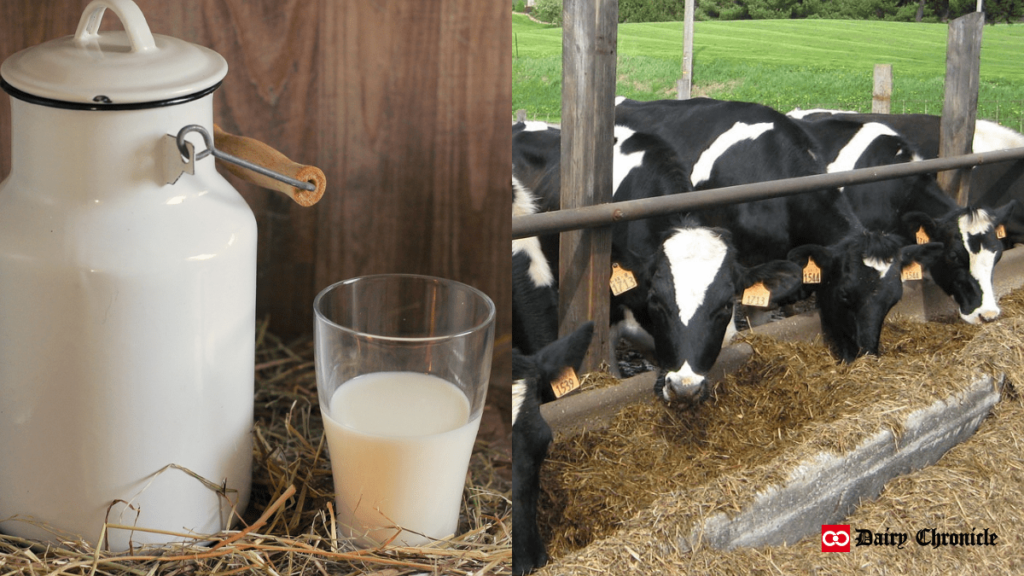Goa’s milk production is currently 1.76 lakh liters per day, with significant imports supplementing local supply. The state aims to achieve self-sufficiency by 2027 through various schemes that support dairy farmers, enhance livestock quality, and promote community farming.
Goa’s milk production statistics have been recently updated, with the state aiming to become self-sufficient in dairy products by 2027. Minister for Animal Husbandry & Veterinary Services, Nilkanth Halarnkar, has shared the latest figures and outlined the government’s strategic plans to boost local production.
Current Milk Production
As per the Integrated Sample Survey (ISS), Goa currently produces an estimated 1.76 lakh liters of milk per day, which totals approximately 641.80 lakh liters annually. This production level highlights the significant role of local dairy farming in fulfilling the state’s milk requirements.
Milk Imports
Despite this notable production, Goa continues to rely on milk imports to meet the full demand. The Goa Dairy imports 13,676 liters of milk per day, while SUMUL Dairy contributes 89,597 liters per day. Halarnkar clarified that the state government does not handle milk imports directly; instead, these are managed by Goa Dairy.
Self-Sufficiency Goal
The state government has set an ambitious target to achieve self-sufficiency in milk production by July 2027. This initiative is part of Goa’s broader goal of becoming “Swayampurna” or self-reliant. The government aims to reduce dependency on external milk supplies and ensure a stable, locally-sourced milk supply.
Supportive Schemes
To support Goa’s ambitious goal of achieving self-sufficiency in milk production by 2027, several targeted schemes have been introduced to bolster local dairy farming. Each scheme is designed to address different aspects of milk production and support the overall growth of the dairy sector.
- Revised Scheme for Incentives to Milk Producers:
- Provides financial assistance and incentives to dairy farmers to boost milk output.
- Offers subsidies on dairy equipment, feed, and veterinary services. Farmers who meet specific production and quality benchmarks receive additional monetary rewards. This scheme aims to increase dairy farmers’ income while encouraging higher milk yields.
- Mukhyamantri Sudharit Kamdhenu Scheme:
- Enhances the quality of livestock through improved breeding practices and animal care.
- Includes the provision of high-quality breeding bulls and advanced reproductive technologies. The scheme also focuses on better animal husbandry practices, such as improved feed and nutrition, to enhance overall herd health and productivity. Training programs for farmers on best practices in animal care are also a key component.
- Community Dairy Farming Scheme:
- Promotes collaborative dairy farming practices to improve production efficiency.
- Encourages the formation of dairy cooperatives and community-based farming groups. These groups benefit from shared resources, such as bulk milk coolers and processing units, reducing individual costs and increasing collective bargaining power. The scheme also supports joint ventures in milk processing and marketing, helping farmers access broader markets.
- Pashupalan Scheme:
- Provides a comprehensive approach to the development of dairy farming.
- Covers various aspects of dairy farming, including livestock management, health, and productivity. The scheme supports the construction of modern dairy infrastructure, such as milking parlors and feed storage facilities. It also includes initiatives for disease management and vaccination programs to ensure herd health. Additionally, it provides training and resources for farmers to adopt modern dairy practices and technologies.
Additional Support:
- Subsidies and Grants: Various subsidies and grants are available for infrastructure development, such as the construction of dairy units and purchase of advanced milking equipment.
- Training Programs: Regular workshops and training sessions are conducted to educate farmers about best practices in dairy farming, including nutrition management, disease control, and efficient milk production techniques.
- Marketing Assistance: The government is working to improve marketing channels for dairy products, including support for branding and market access, to ensure that local dairy products reach consumers effectively.
Future Outlook
The Goa government is optimistic that these schemes will significantly boost milk production and help achieve the self-sufficiency target. By supporting local dairy farmers and improving dairy farming practices, the state aims to ensure a stable milk supply and reduce reliance on imports.
The commitment to self-sufficiency reflects the government’s broader vision of enhancing local agriculture and ensuring that Goa can meet its dairy needs through domestic production.



